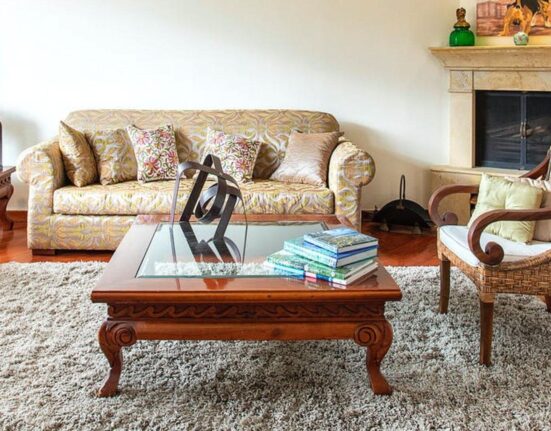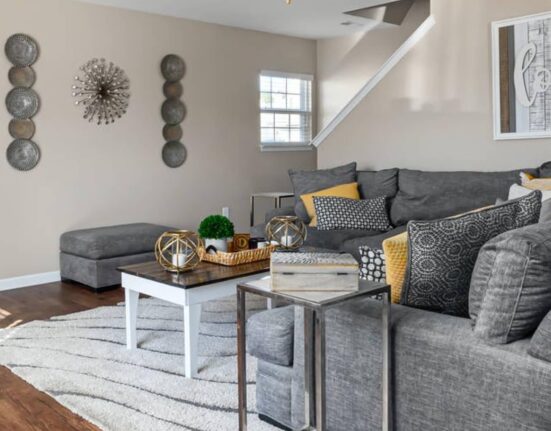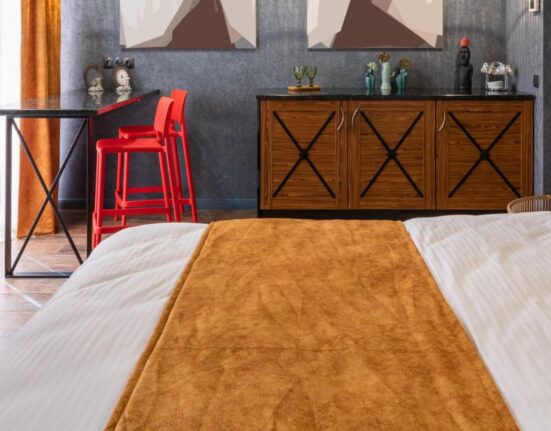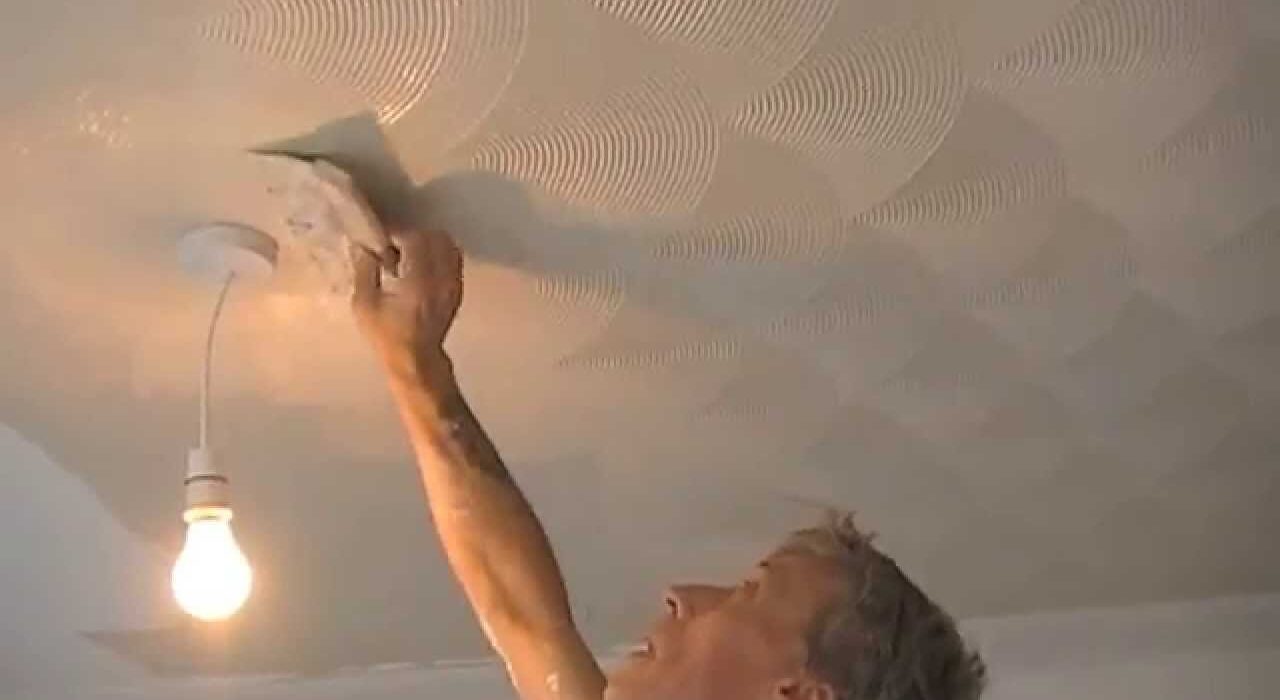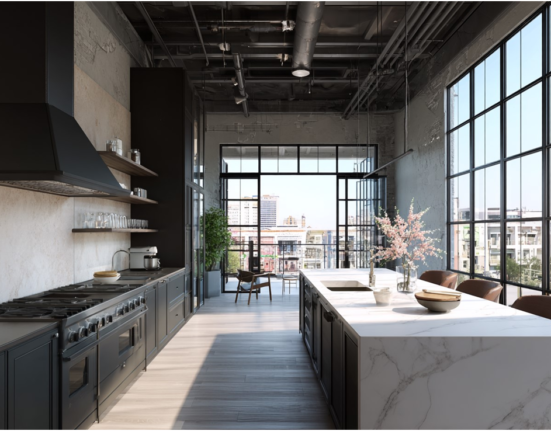A Tale of a Home Transformation
When Sarah and James bought their first house, they were excited and dreamed of turning it into their perfect home. However, as they stood in the living room, they couldn’t help but feel something was missing. The walls were freshly painted, the floors gleamed, but the ceiling—oh, the ceiling! It was flat and uninspiring, casting a dull shadow over the entire space. Sarah remembered her grandmother’s cozy living room with its intricate popcorn ceiling that always seemed to sparkle in the evening light. Determined to recreate that warmth, they embarked on a journey to explore different ceiling texture types, discovering how these often-overlooked details could transform a room’s ambiance entirely.
Understanding Ceiling Texture Types
Ceiling textures are more than just a decorative element; they can influence a room’s acoustics, lighting, and overall feel. Here, we explore the most popular ceiling texture types, their applications, and benefits.
- Popcorn Ceiling (Acoustic Ceiling)
Popcorn ceilings and acoustic ceilings were popular from the 1950s to the 1980s. They are known for their bumpy, cottage cheese-like appearance. This texture was widely used to hide imperfections and provide sound insulation.
- Advantages:
- It is excellent for sound absorption and ideal for bedrooms and living rooms.
- Quickly covers up ceiling flaws and imperfections.
- Disadvantages:
- Difficult to clean and repair.
- If installed before the 1980s, it can contain asbestos, which requires professional removal.
- Knockdown Ceiling
Knockdown texture is a modern variation of popcorn ceilings. It features a mottled look created by applying a joint compound with a trowel.
- Advantages:
- Adds depth and interest to a ceiling.
- Easier to clean than popcorn texture.
- Disadvantages:
- Requires professional application for best results.
- It can be more expensive due to the labor-intensive process.
- Orange Peel Ceiling
As the name suggests, the orange peel texture resembles the surface of an orange. It’s created by spraying a thin layer of drywall mud on the ceiling and letting it dry.
- Advantages:
- Subtle and visually appealing.
- Hides minor ceiling imperfections.
- Disadvantages:
- It can be challenging to repair if damaged.
- Requires specialized equipment to apply.
- Smooth Ceiling
Smooth ceilings, often called flat ceilings, have a sleek, polished look without any texture.
- Advantages:
- Modern and clean appearance.
- Easy to paint and maintain.
- Disadvantages:
- Does not hide imperfections well.
- It can reflect sound, making rooms noisier.
- Skip Trowel Ceiling
Skip trowel texture is created by applying a thin layer of joint compound and skipping the trowel over the surface, resulting in a patchy, stucco-like finish.
- Advantages:
- It adds a unique, artistic touch to a ceiling.
- Hides minor imperfections well.
- Disadvantages:
- Requires skilled application.
- It can be time-consuming and costly.
- Slap Brush Ceiling
Also known as a crow’s foot ceiling, slap brush texture is created by applying a thin layer of drywall mud and using a brush to create patterns.
- Advantages:
- Unique, decorative look.
- It can hide imperfections.
- Disadvantages:
- It can be challenging to apply and repair.
- Requires regular maintenance to keep clean.
The Impact of Ceiling Textures on Home Value
The choice of ceiling texture can significantly impact a home’s value and appeal. According to a study by Zillow, homes with updated and well-maintained ceilings can sell for up to 3% more than homes with outdated ceiling textures like popcorn ceilings. This statistic underscores the importance of considering ceiling textures when renovating a house, especially for those looking to sell.
Choosing the Right Ceiling Texture for Your Home
When choosing a ceiling texture, consider the following factors:
- Room Function: Bedrooms and living rooms benefit from sound-absorbing textures like popcorn or knockdown. Smooth ceilings are ideal for kitchens and bathrooms due to their easy cleaning.
- Aesthetic Preference: Your taste will play a significant role. Modern homes may benefit from smooth or orange peel textures, while traditional homes look better with skip trowel or slap brush finishes.
- Budget: Some textures, like smooth ceilings, are more cost-effective, while others, like skip trowel, require professional application and can be more expensive.
DIY vs. Professional Application
While some ceiling textures can be applied as DIY projects, others require professional expertise to achieve the best results. Popcorn, orange peel, and smooth ceilings are more DIY-friendly, while knockdown, skip trowel, and slap brush textures are best left to professionals due to their complexity.
Conclusion
Sarah and James ultimately chose a knockdown texture for their living room, transforming it into a cozy, inviting space that felt like home. The new texture added character and improved the room’s acoustics, making it the perfect place for family gatherings. Like Sarah and James, you can find the ideal ceiling texture that enhances your home’s beauty and functionality.
By understanding the various types of ceiling textures and their benefits, you can decide to elevate your home’s aesthetic appeal and increase its market value. Whether embarking on a DIY project or hiring professionals, the right ceiling texture can make all the difference.



